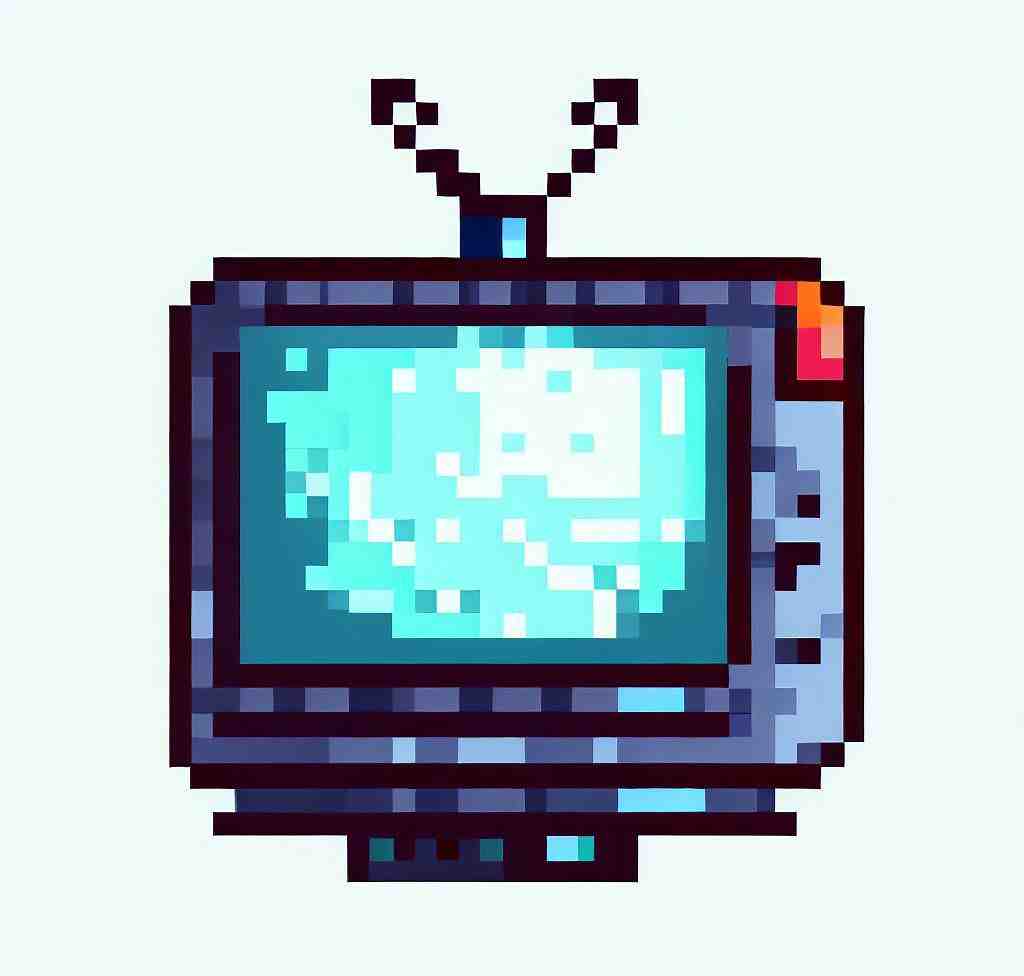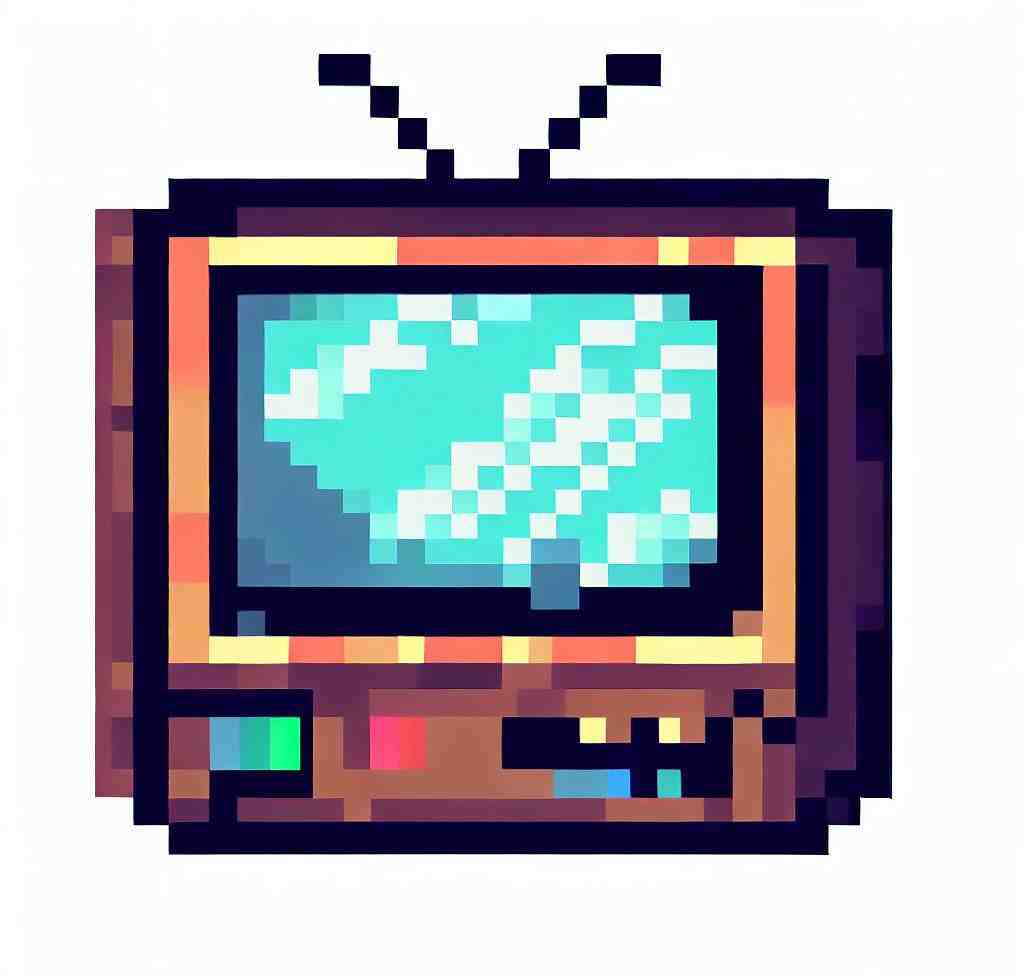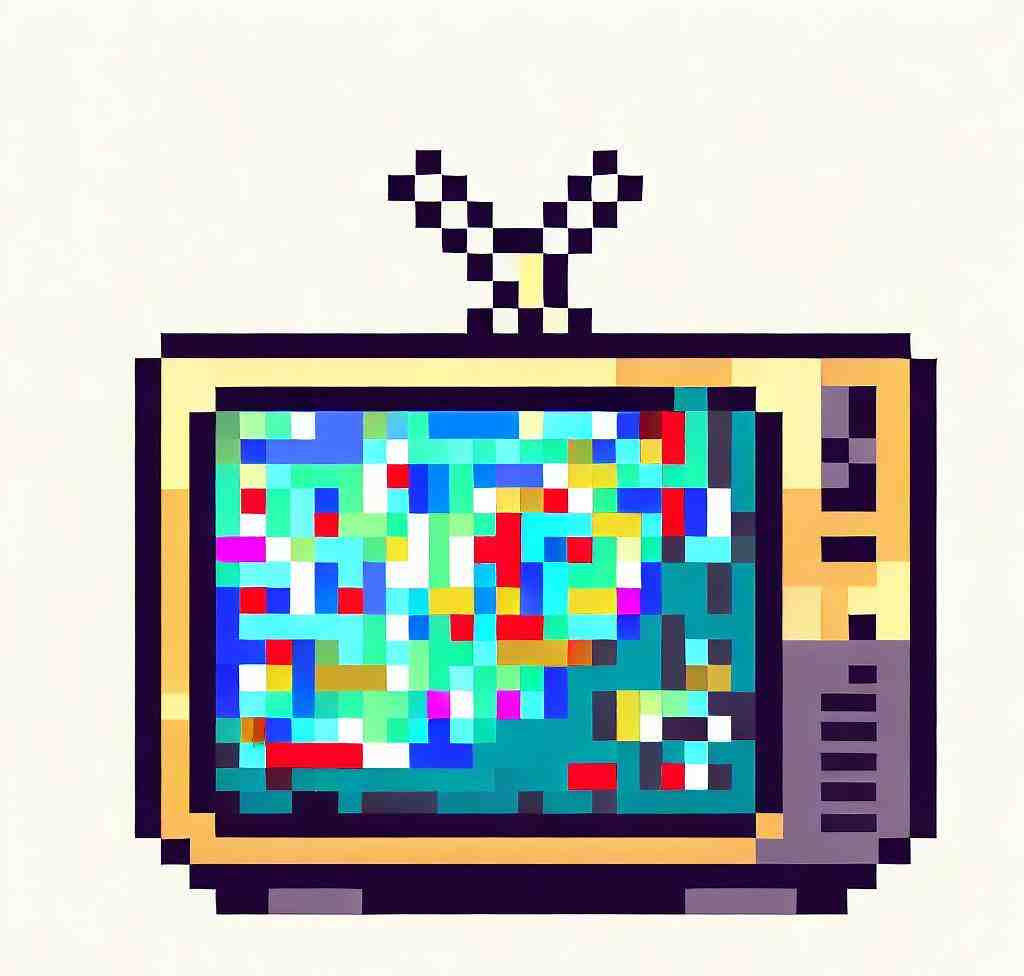
How to connect your SAMSUNG TV LED UE49NU7305
You have just acquired a television and you do not know where to start to turn it on and watch your favorite programs? This article is made for you! We wanted to help you to make the connections from your SAMSUNG TV LED UE49NU7305 television to its peripherals.
To do this, we will explain how to connect your SAMSUNG TV LED UE49NU7305 TV to a power supply first, your TV set secondly, and your DVD player finally.
Connecting power to your SAMSUNG TV LED UE49NU7305 TV
To begin with, we’ll explain how to connect your SAMSUNG TV LED UE49NU7305 TV to a power supply.
This is the simplest manipulation.
In the box containing your TV, you must have been provided with different cables.
Look for one that ends with a plug.
It may be already connected to your TV SAMSUNG TV LED UE49NU7305.
If this is not the case, connect the other end of the cable to the “power” input of your TV. Finally, plug the plug into a socket outlet.
All you have to do is turn on the TV with its remote control.
Connect your TV set to your SAMSUNG TV LED UE49NU7305
Plugging in your TV decoder to your SAMSUNG TV LED UE49NU7305 is essential for you to watch channels on your television.

There are two types of decoders: the satellite decoder, and the television decoder, from your service provider.
Connecting the satellite decoder to your SAMSUNG TV LED UE49NU7305
There are four connections to make when starting up your satellite decoder.
But before anything else, make sure you have a satellite parable! To get started, find the HDMI cable that came with your decoder.

Find all the information about SAMSUNG TV LED UE49NU7305 in our articles.
Connect it in “HDMi In” to your TV SAMSUNG TV LED UE49NU7305, and “HDMi Out” to your decoder.
Then take the SCART cable to your SAMSUNG TV LED UE49NU7305.
It has wide ends and is often blue or black.
And connect your television to your decoder.
Then connect the LSB cable from your satellite parable to your decoder.
Finally, you must connect the power supply of your decoder to a power outlet.
Connecting a provider decoder to your SAMSUNG TV LED UE49NU7305
With the TV decoder of a provider, you must have a satellite parable, a DTT antenna, and a box from the supplier.
First, start by connecting the decoder to the box via the supplied ethernet cable.
Next, connect the decoder to the LSB cable of your satellite parable via the “SAT” input.
And connect the decoder to the DTT antenna via the “RF IN” input. Continue by connecting your decoder to the SAMSUNG TV LED UE49NU7305 with a HDMI cable.
Connect it in “HDMi In” to your TV SAMSUNG TV LED UE49NU7305, and “HDMi Out” to your decoder.
Finally, connect the power supply via the “power supply” input of your decoder.
Do not forget to plug the other end into a power outlet!
Plug in your DVD player
To plug in a DVD player to your SAMSUNG TV LED UE49NU7305 to watch your favorite movies or series, you need to make 3 connections.
To get started, find the HDMI cable supplied with your DVD player.
Connect it in “HDMi In” to your TV SAMSUNG TV LED UE49NU7305, and “HDMi Out” to your DVD player.
Then take the scart cable.
It has wide ends and often blue or black.
And connect your DVD player to your decoder.
Finally, you must connect the power supply of your DVD player to a power outlet.
Plug in your amp to your SAMSUNG TV LED UE49NU7305
Finally, if you want a better sound from your SAMSUNG TV LED UE49NU7305, you can connect your amp to the television. Begin by preparing the speakers of your amp by plugging them into the sound outputs of the amp.
These are the yellow and blue colored outputs.
Then connect the amplifier to your SAMSUNG TV LED UE49NU7305 TV with the optical cable of your amp.
It plugs into the “Audio optic” or “audio” output of your television. Finally, you must connect the power plug of your amp to a socket.
How do I set up my Samsung TV to my TV?
– Step 1: before you get started.
– Step 2: select language.
– Step 3: select ‘Remote’ …
– Step 4: select country or region.
– Step 5: start the automatic setup.
– Step 6: connect the TV to the internet.
– Step 7: accept the terms and conditions.
– Step 8 (optional): register at Samsung.
How do I connect my HDMI cable to my Samsung LED TV?
– Locate the HDMI port on the laptop and the HDMI port on the TV.
– Connect one end of the HDMI cable to the laptop.
– Connect the other end of the HDMI cable to the TV.
– Using your TV remote, switch the Input to HDMI and start streaming.
How do I connect my Samsung LED TV to WiFi?
– Use the directional pad on your TV’s remote to select Settings, select General, and select Network.
– Select Open Network Settings, and select the name of your Wi-Fi network.
– Enter the network password, if prompted, select Done, and then select OK.
SAMSUNG TV (UE-UA-UN series) – LED Backlight replacement (ENGLISH)
4 ancillary questions
How do I start my smart TV for the first time?
– Turn On your TV.
– Select your desired language.
– On the Privacy policy, Select Enable Smart TV.
– On the country screen select your country.
– If any interactive Application privacy policy appears, select Agree.
– On the Auto Program screen, select OK to set up the channels on your TV.
How do I set up my Samsung TV for the first time?
– Select your WiFi connection.
Your Samsung Smart TV will require an internet connection for updates, streaming and downloading TV apps.
– Sign-in or create a new Samsung account.
Your Samsung Smart TV requires you to login with a Samsung account.
– Backup your data.
Why does my Samsung TV not connect to Wi-Fi?
If your Samsung TV isn’t detecting a wireless network (or continuously loses its network connection), the problem might be that your TV simply isn’t properly connected to your network.
There are a few things that can lead to connection issues, like old firmware or your smart TV needing a reset.
Is live TV free on Samsung smart TV?
All the entertainment you want at zero cost. Choose from 250+ live TV channels, and 1000s of movies and shows on demand, all for free.
You may also be interested in the following articles:
- How to connect headphones to SAMSUNG UE50NU7025 TV 4K
- How to download apps on SAMSUNG TV LED UE55MU6405
- SAMSUNG QE65Q6F HDR – Smart TV TV no longer lights or stays on standby
You still have issues? Our team of experts and passionate could help you, feel free to contact us.